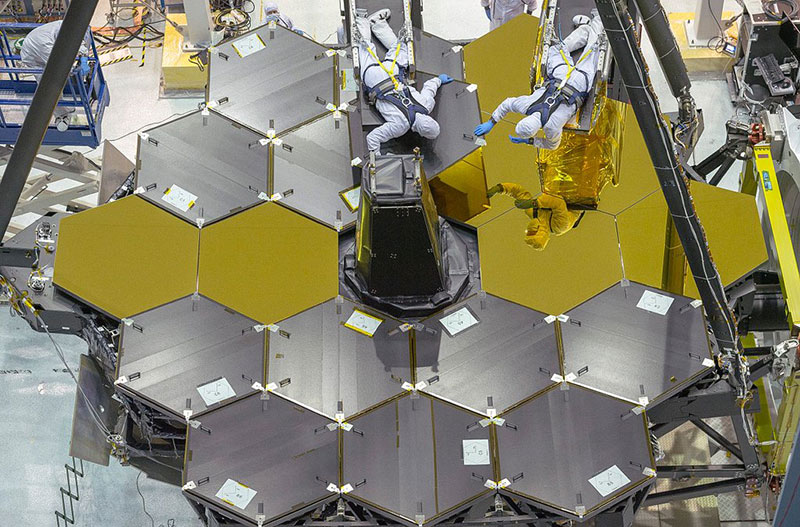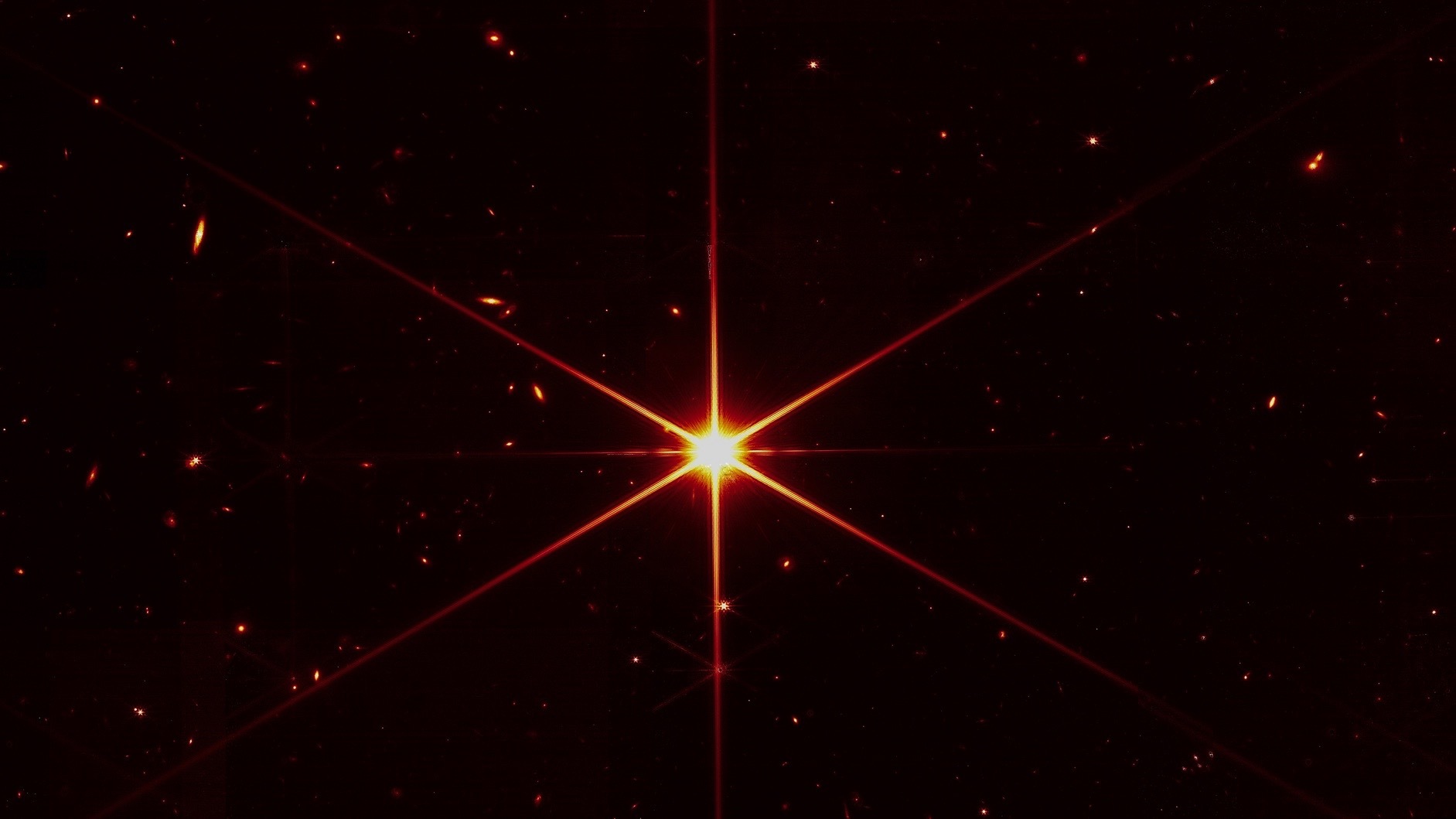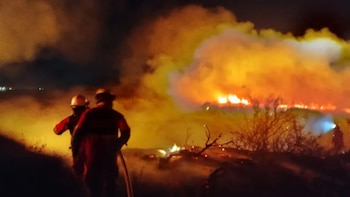
Having reached its destination, the James Webb telescope aligns its mirrors and captured the first image of a perfectly clear star. It is an additional milestone to the long list of achievements of this space telescope, which has brought good news since its launch on December 25, 2021 led by Peruvian Aracely Quispe.
The James Webb is the largest space telescope ever launched into space. So much so that no rocket can propel it to work. For this reason, it was necessary to bend the space origami a little more and thus be able to fold it so that each of its constituent parts would unfold during the journey to Lagrange 2 point.
It arrived at its destination on January 24, now fully opened. However, he still had to readjust his mirrors and instruments. He started with the first, having all the optics that allowed him to take pictures where the human eye does not reach.
This part is complete and according to NASA, everything is going perfectly. Indeed, since a picture is worth a thousand words, the space agency attached the first photograph of a star taken by James Webb.
The great journey that the James Webb telescope has made
Throughout the month of its journey, the James Webb was deploying its giant mirrors, solar panels and in general all the components that made it up.
It finally reached its destination, 1.5 million kilometers from Earth, and has been orbiting point L2 for almost two months. But from that January 24, 6 months of adjustment of the mirror and its instruments were planned.
He began by aligning his mirrors, more precisely with what is called the 'fine phase'. In it, not only are the mirrors placed, but it also analyzes “whether each optical parameter that has been verified and tested is working at, or above, expectations”.

No serious problems or pollution were found to be of concern to scientists observing James Webb from Earth. In fact, almost from the beginning, the space telescope has been able to collect light from very distant objects and transmit it to its instruments for analysis.
Once the 'fine phase' has been completed, the near-infrared camera is aligned, as it is James Webb's main imager. At the end of this stage, you can not only collect light, but also transmit it to the camera and reconstruct the image with it.

The unpublished photograph of a star that captured the space telescope
To check if the camera is working properly, scientists on Earth point at any star and take a picture. The result is completely clean, so it is understood that everything has been done correctly so far.

At this point, James Webb's engineers will spend six weeks tuning other instruments, including a near-infrared spectrometer, a mid-infrared range, a near-infrared imager, and a slot airborne spectrometer, from Earth. They have an algorithm that analyzes the performance of each of these tools, which then calculates and makes the necessary corrections.
After that, other adjustments will have to be made, but a good part of the most difficult path will be covered. In fact, James Webb's first scientific data will arrive on Earth in the Latin American winter of 2022. Below is a YouTube video on how NASA's James Webb reaches the alignment milestone, with optics working successfully:
KEEP READING
Últimas Noticias
Debanhi Escobar: they secured the motel where she was found lifeless in a cistern
Members of the Specialized Prosecutor's Office in Nuevo León secured the Nueva Castilla Motel as part of the investigations into the case

The oldest person in the world died at the age of 119
Kane Tanaka lived in Japan. She was born six months earlier than George Orwell, the same year that the Wright brothers first flew, and Marie Curie became the first woman to win a Nobel Prize

Macabre find in CDMX: they left a body bagged and tied in a taxi
The body was left in the back seats of the car. It was covered with black bags and tied with industrial tape
The eagles of America will face Manchester City in a duel of legends. Here are the details
The top Mexican football champion will play a match with Pep Guardiola's squad in the Lone Star Cup

Why is it good to bring dogs out to know the world when they are puppies
A so-called protection against the spread of diseases threatens the integral development of dogs



